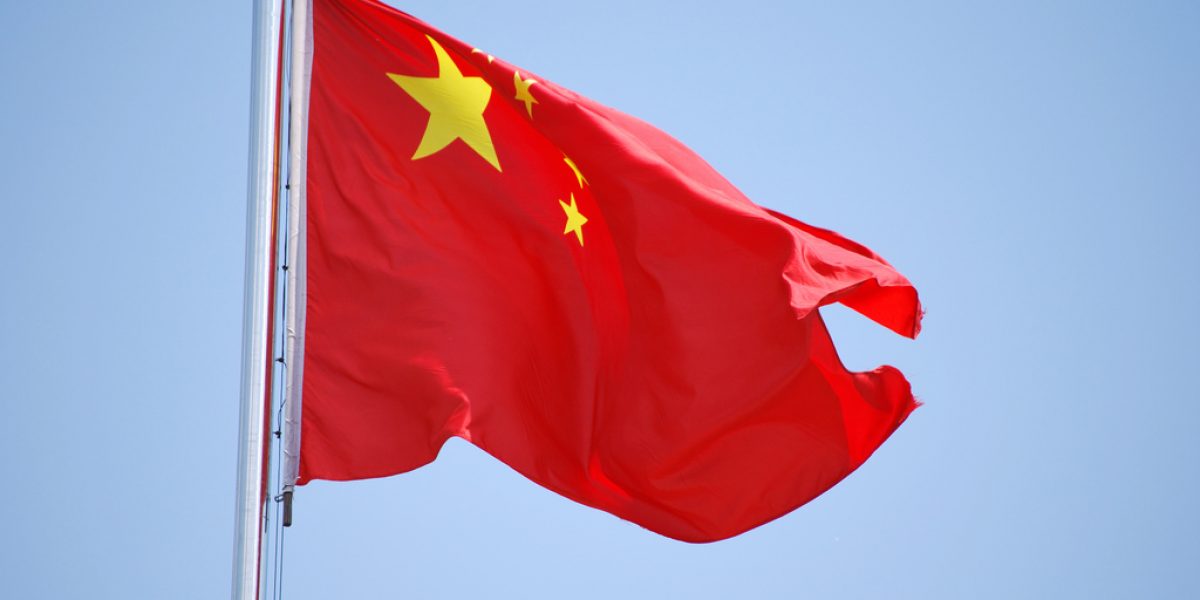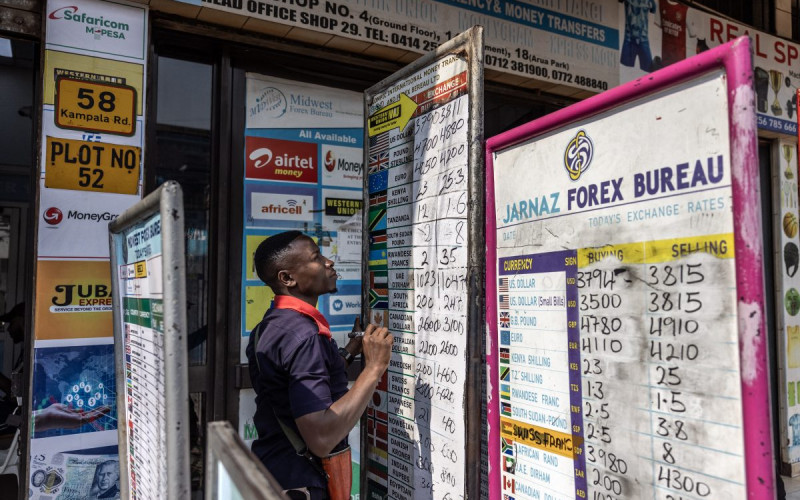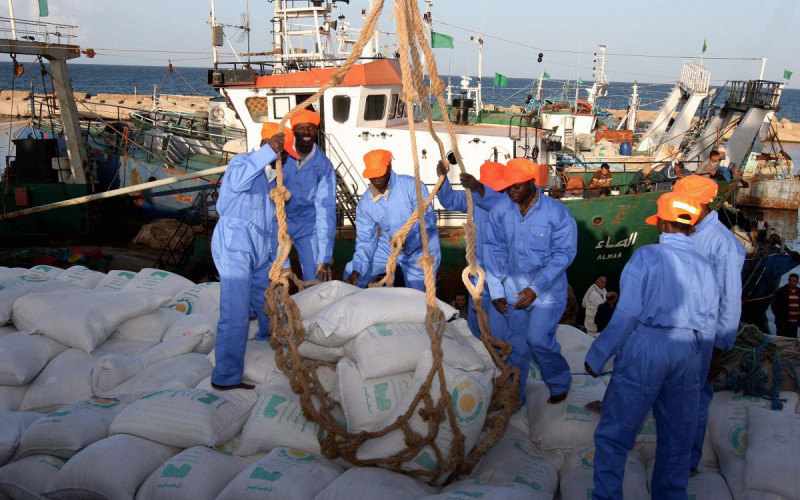In other words, China’s global integration is refining further the international division of labour, something to which other countries must find ways to adapt.
As such, South Africa and the South African Customs Union (SACU) countries more generally cannot shy away from engaging China effectively on the trade front.
Even the most conservative predictions concerning China’s future growth indicate that China will be a great economic power within 50 years. It is widely accepted that few companies with global ambitions can afford not to take advantage of China’s 1,4 billion population, which, although poor by Western standards, is steadily getting richer.
Even if China’s emergence does not necessarily represent anything new for the global economy as a whole, it certainly is new for South Africa and SACU. At the turn of the 20th century, high transport and communication costs and Southern Africa’s relative disengagement from the fierce globalisation under way at the time would have muted the impact on this region of America’s and Germany’s emergence. Because the world is now a much smaller place, and because trade and industrial policies in southern Africa have become far more outward-oriented, the region is arguably much more exposed and sensitive to China’s economic influence than it would have been to that of the US, Germany and Japan.
Concentrating solely on defensive concerns, on how to minimise China’s impact in a fire-alarm fashion, will therefore guarantee counter-productive long-run results, and ensure that the relationship evolves in ways that suit the Chinese economy far more than those of SACU member countries.
China’s rise presents in stark and simple terms the following choice to South Africa and the region: actively seek strategies for effective restructuring now, or attempt to protect uncompetitive industries indefinitely (and in so doing indirectly harm those parts of the economy that aren’t in direct competition with Chinese exports, in the hope that either the pressure eases or policy can find ways to help strengthen vulnerable industries. Neither of the latter is likely.
This brings to centre stage a trade agreement between SACU and China. A comprehensive deal would clarify the need to implement plans to adjust effectively now, and would provide the certainty private-sector business needs to make optimal investment decisions.
The question is what are the trade and development choices that should underpin a comprehensive Free Trade Agreement between SACU countries and China?
To answer this question, we need to understand the historical trade relationship between South Africa in particular and China. Evidence from trade flows shows that the share of simply processed goods (mainly resource-based products) in South Africa’s exports to China has risen considerably since 1996, as has the share of advanced manufactures in South Africa’s imports from China.
Total export growth to China between 1996-2005 (25,5 percent on average per year) was well in excess of the equivalent growth in South Africa’s exports to the world (7,3 percent). Base metals and mineral products accounted for almost 73 percent of South Africa’s exports to China on average between 2001-2005. Annually, these are at 31 and 22,1 percent respectively. Machinery and equipment, on the other hand, showed robust growth (36,4 percent). This has risen rapidly to become South Africa’s fourth-largest export category in trade with China. Other strong export categories included chemicals, pulp and paper, textiles and clothing, and live animals.
Recent detailed work on China’s recorded imports from South Africa indicates that China’s imports included, in descending order of share size: precious metals and stones; so-called ‘small lines’; iron and steel items; aluminium; organic chemicals, fuels; nickel; and machinery.
So it is clear that South Africa’s mineral wealth is dominating the composition of exports to China.
Research also notes that, relative to trade figures in 2000, South Africa has been losing its market share in China in the following product groups: ores, organic chemicals, fuels and machinery.
In the case of ores, South Africa’s largest set of exports to China, competition from Australia and Brazil appears to have influenced South Africa’s market share. Since China applies no tariffs to imports in this category, performance in the Chinese market is solely a function of domestic production conditions and choices made by exporters and importers. This implies several possibilities: a) South African producers must improve output and export growth; b) the latter are choosing to export relatively less to China than Australian and Brazilian producers; or c) Chinese importers are turning to alternative suppliers.
Whatever the case may be, because tariffs in China are already zero, a Free Trade Agreement clearly would not improve South Africa’s chances in this product category. So where might South Africa see gains?
The important feature to note is which product groups stand to gain the most, not necessarily how much they gain. As suggested by the export data, the biggest gains are likely to come in natural resource-intensive products: base metals, precious metals and chemicals.
However, market access gains may be limited, for two main reasons. One is that China’s tariff structure already favours its industrial structure. That is, restrictions are already low on imports of the resources and intermediate inputs it most needs to fuel its industrial boom. And two, China is negotiating or has recently completed bilateral and regional trade deals with up to 20 partners, many of whom are both geographically closer to the Chinese mainland than SACU (which reduces freight costs), and are more competitive suppliers of many of the same products.
But with some analysts predicting China’s manufacturing output will surpass that of the US by 2011, opportunities in the Chinese economy will nonetheless continue to grow strongly. This is one of the fundamental underpinnings of South Africa’s, indeed most countries’, desire to become better integrated with the Chinese economy.
Over half of China’s total gains would occur in textiles and textile articles and footwear, which, because of its labour-intensive nature, will remain China’s competitive advantage. Machinery, which is likely to be concentrated in electrical and electronic equipment and appliances, would also make significant inroads.
Broadly speaking, therefore, South Africa exports primarily minerals, metals and some machinery in return for textiles and clothing, footwear, and, increasingly, advanced machinery and equipment. Hence the emerging pattern of bilateral trade is not conducive to rapid job creation in low-skill manufacturing occupations, which is seen as the answer to one of the biggest of South Africa’s economic development problems.
The industries that stand to gain from a Free Trade Agreement with China are built around South Africa’s large natural resource endowment, and are capital, technology, and energy-intensive. So trade with, and competition from, China in home and third country markets on balance reinforces the existing growth path in South Africa.
Crucially, however, it must be stressed that entrenched industries will not, as some have claimed, be ‘utterly wiped out’ by Chinese imports. In fact, emerging anecdotal evidence shows that South African producers are capable of adjusting to, and competing with, Chinese imports, even in the clothing sector. Justin Barnes, an expert on the clothing industry and a key figure in researching and drafting a rescue plan for South Africa, says: “About two-thirds of clothing firms are doing badly but they’re the ones who moan the loudest, which is why you have this image of a dying industry. It’s a complete fallacy…Some clothing manufacturers have doubled in size in the past two years because they’re able to meet their customer’s requirements.”
Three further issues should be borne in mind. One, production effects are not only a matter trade policymakers should concern themselves with. Both welfare gains to poor consumers from lower process and production gains from cheaper inputs help to offset losses in manufacturing output and employment. There are far more poor people working outside the clothing industry than within it. Two, retail and wholesale activities benefit directly and indirectly from increased activity, again because of lower prices on items imported from China. And, according to Statistics SA, retail prices on clothing and other textile items have come down in recent years, despite the well-rehearsed trade union argument that retailers are only increasing their profits and not passing on gains to consumers.
Although these effects are hard to quatify, they are likely to be very important in the informal sector, from which the poor purchase many of their basic necessities.
Three, SACU’s farming and other natural resource output gains must not be ignored or downplayed. Quite the contrary — they should be growing much more rapidly than they are, and better supported through more rapid upgrading of infrastructure, particularly transport-related systems. In a country where balance of payments constraints rapidly emerge during high-growth phases, there can be no doubt that improved primary export performance is essential. China is providing the motivation to do so.
Further, one cannot ignore the long queue of resource-rich countries negotiating or about to negotiate Free Trade Agreements with China. Geo-politics aside, the primary reasons stated are to earn more revenue from resource exports, and to reduce the import bill. This helps countries to achieve greater macroeconomic stability, and provides governments with funds for much-needed hard and soft infrastructure, including education and health.
More fundamentally, however, the most important advantage of all is that closer integration with China will accelerate SACU’s much-needed adjustment and restructuring in what is an increasingly competitive global economy. And although doing so necessarily means a contraction in some light industries, it does not mean a total collapse. New Zealand and Australia have already shown that to be the case. South African industries are also displaying some ability to adjust. In the event of a comprehensive agreement with China, sectors already under pressure will emerge leaner and more productive. This process is in fact already under way.
Removing the impetus now would simply perpetuate for a limited period industries that, in their current form and scale, are simply unsustainable.







